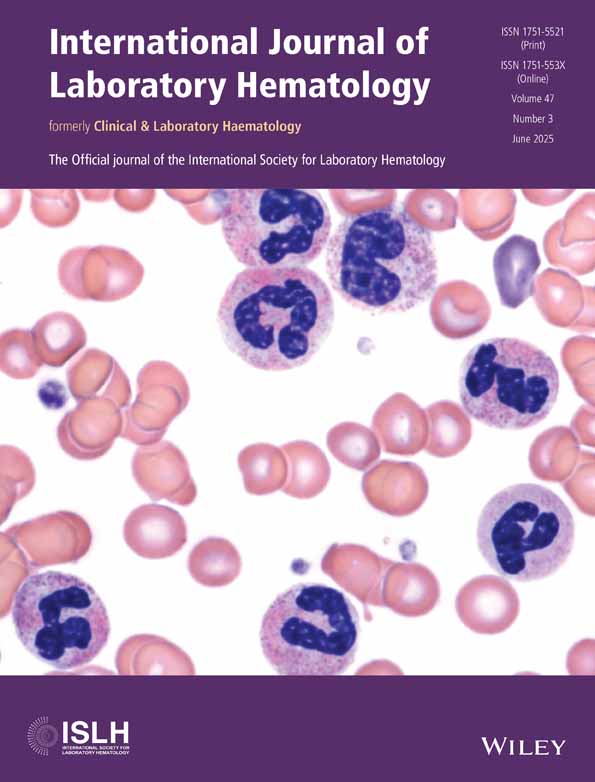Evaluation of Coagulation and Fibrinolysis Mechanisms in Deep Vein Thrombosis Using Clot-Fibrinolysis Waveform Analysis
Funding: The authors received no specific funding for this work.
ABSTRACT
Introduction
Deep vein thrombosis (DVT) is a common condition associated with significant morbidity and mortality. However, the detailed mechanisms of coagulation and fibrinolysis in DVT have not been adequately investigated. Recently, clot-fibrinolysis waveform analysis (CFWA) has been developed to assess coagulation and fibrinolysis reactions as one global assay. This study aimed to investigate the mechanisms of DVT using CFWA.
Methods
DVT diagnosis and definition were conducted by the ultrasonography finding, and the numbers of patients of confirmed DVT and non-DVT were 39 and 56, respectively. Activated partial thromboplastin time-based CFWA was conducted, and the first-derivative curves were analyzed. The curves were separated into two phases: coagulation and fibrinolysis, and the curve shapes were compared between the two groups.
Results
The shapes of first-derivative curves in the coagulation phase for the DVT group were significantly different from those of the non-DVT group, and the curves of the DVT group were sharper and narrower than those of the non-DVT group. Both parameters indicating height and width in the DVT group were significantly lower than the non-DVT group. However, no significant differences were observed in the fibrinolysis phase between two groups.
Conclusion
The DVT group showed different first-derivative curves in the coagulation phase compared to the non-DVT group in the CFWA assay, suggesting that the DVT group had a higher coagulability status. CFWA could be a useful tool for identifying coagulability status in patients with DVT.
Conflicts of Interest
The authors declare no conflicts of interest.
Open Research
Data Availability Statement
Due to the nature of this research, participants of this study did not agree for their data to be shared publicly; hence, supporting data is not available.




